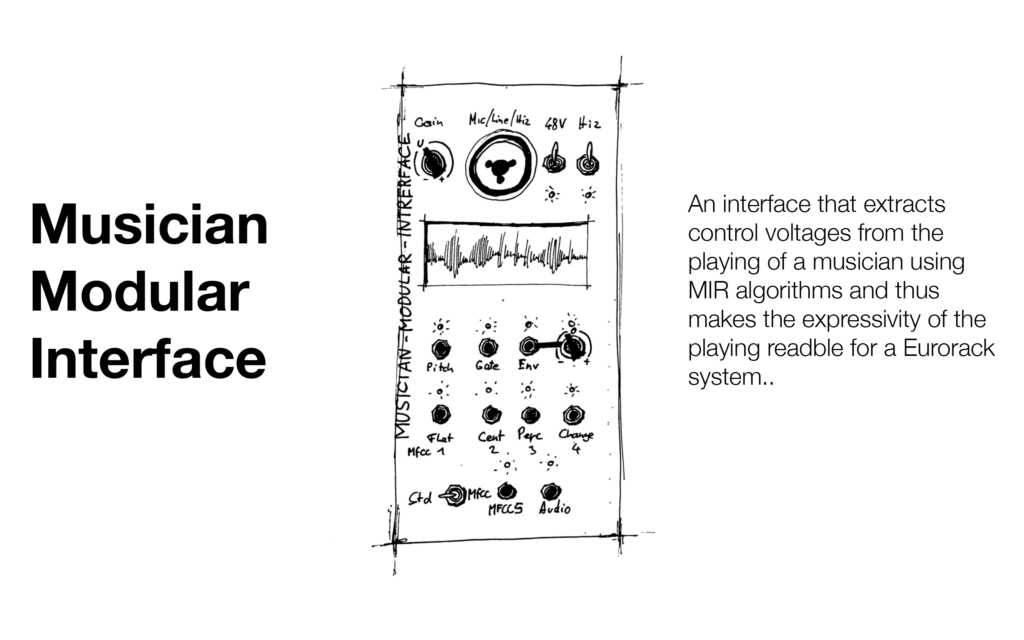


powered by Communication, Media, Sound and Interaction Design



As we now have some questions about what we want to find in the signal we can look for algorithms that can provide information on that. here the questions are listed again:
For the last question, we did not find an answer yet but we found an algorithm that would interest me personally to experiment with. the MFCC.
Or tonal coefficient is also known as Wiener entropy is a spectral measure that constitutes how ton-like or noise-like a sound is. By analyzing the ramps in the spectrum and determining their steepness it gives out a number between 0 and minus infinity where 0 is a few sine waves and -inf. pure noise. It can also be applied on subbands rather than across the whole band.
With the output of one number, the application of this could be quite straightforward. The distinction between the tonal and non-tonal content of a musician’s tonal repertoire gives great insight into the performative intent of that musician.
Spectral Entropy, with a choice of a number of sub-bands. If one band, a measure of general peakiness of the spectral distribution.
This calculates the distribution of the spectral energy in a frequency spectrum and outputs the frequency value which corresponds to the desired percentile. This means it puts out the frequency where the spectral roll-off is happening, which gives information of the cutoff frequency of a filter.
This measures the spectral centroid, which is the weighted mean frequency, or the “center of mass” of the spectrum. This means it can determine if the measured signal leans more on the bright or dull side.
Are „a small set of features of a signal (usually about 10-20) which concisely describe the overall shape of a spectral envelope. In MIR, it is often used to describe timbre.“ (https://musicinformationretrieval.com/mfcc.html) Because of the multitude of values, it is problematic to implement it as modulation source in a eurorack environment as it is. But with more understanding of the output, a conclusion might be drawn to either one or multiple control voltages drawn from it.